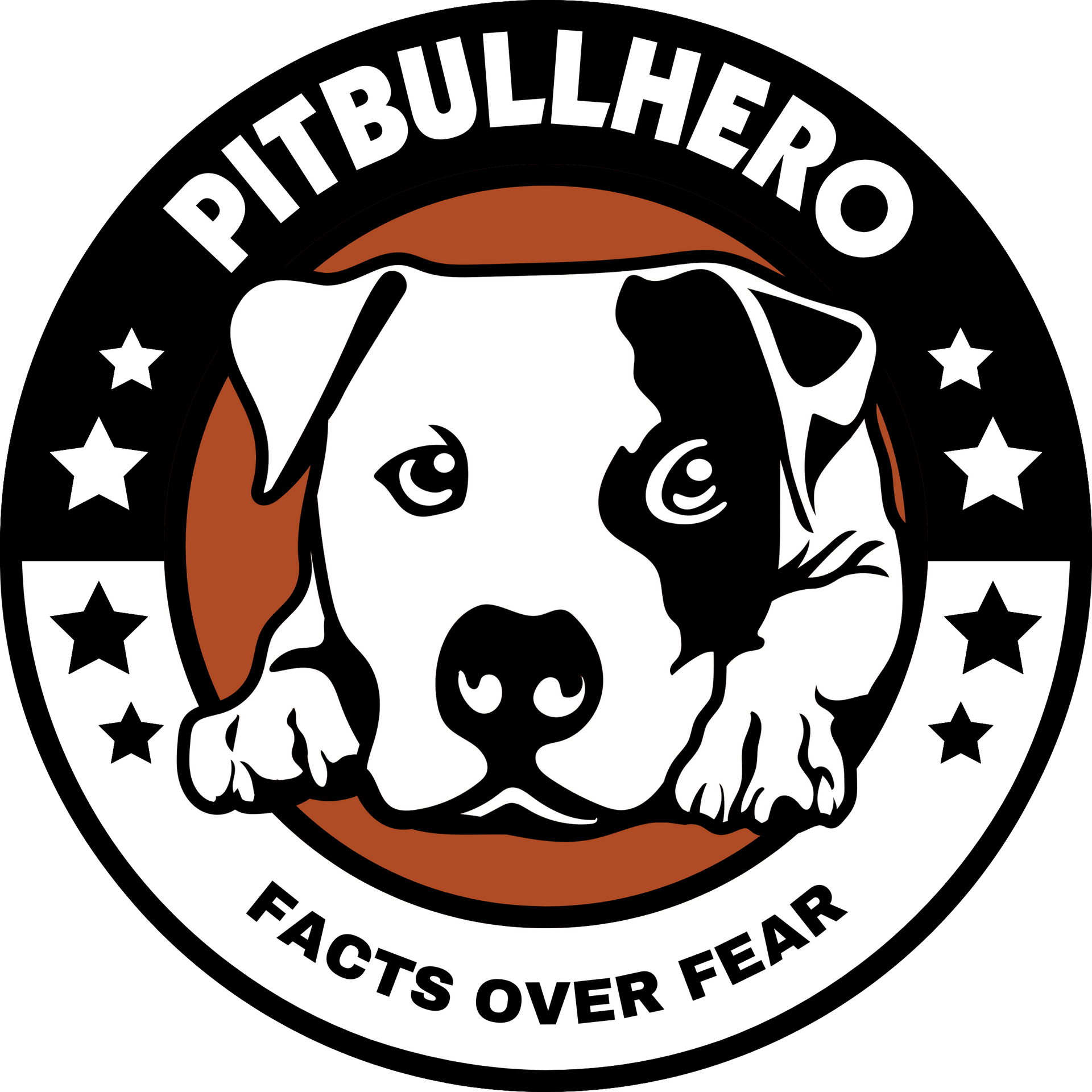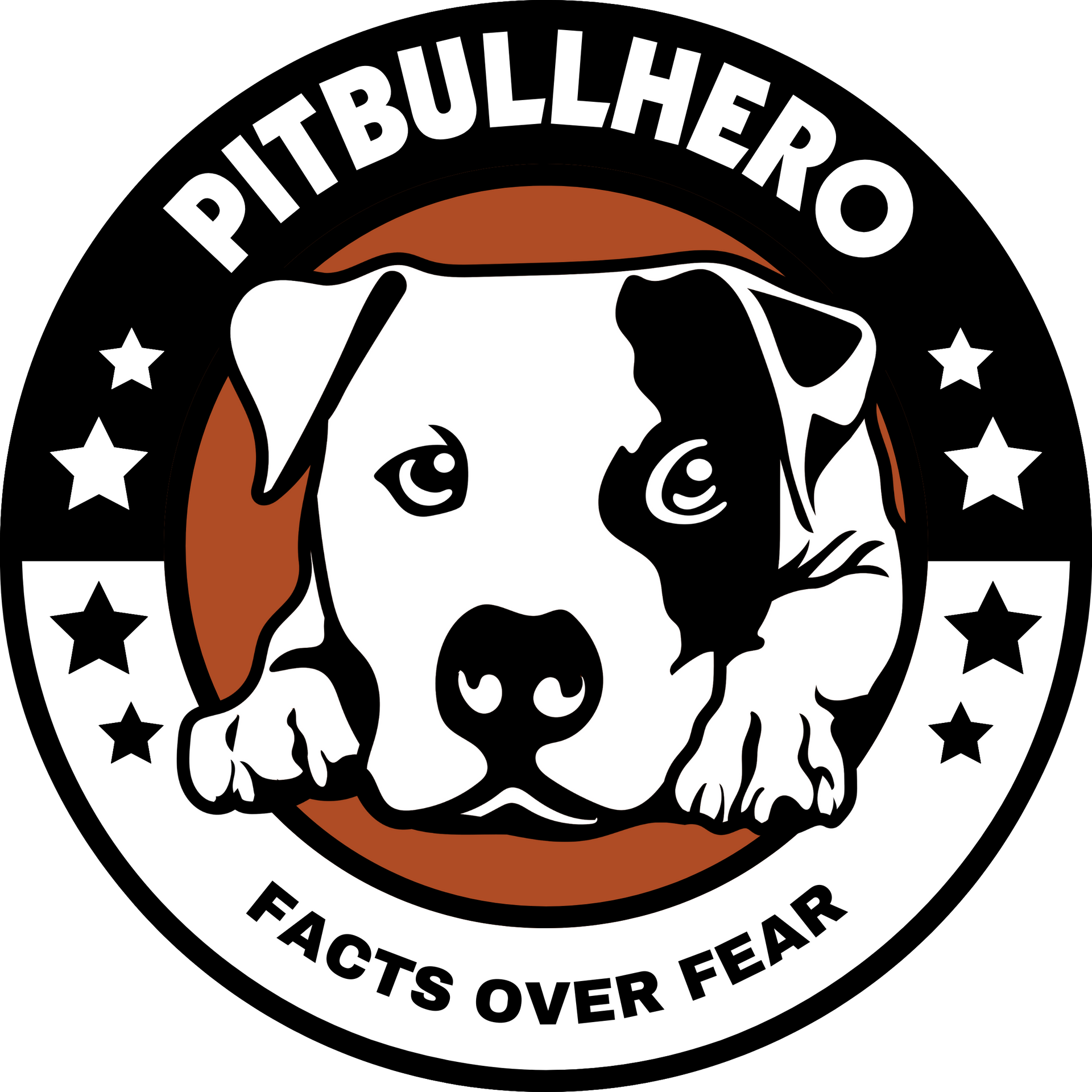Pitbulls: A Case of Mistaken Identity

DNA studies have found that most dogs labeled as "pitbulls" are not pitbulls by genetic standards. Instead, they are either mixed-breed dogs or entirely different breeds. Even among dogs with pitbull-type DNA, more than half have less than a 50% genetic match — meaning they don't meet the threshold to be classified as a "pitbull" or even a "pitbull mix." These findings raise important questions about how dogs are labeled and how breed data is used in dog bite studies, media coverage, and breed-specific legislation (BSL).
What do these DNA studies reveal — and why does it matter?
DNA Results
One study found that 60% of dogs identified as "pitbulls" had no DNA from pitbull-type breeds whatsoever. Another large-scale study tested the DNA of dogs with pitbull-type ancestry and found that 98% were mixed breed, with only 2% classified as purebred.
The pit bull type is particularly ambiguous as a "breed" encompassing a range of pedigree breeds, informal types and appearances that cannot be reliably identified.
Studies on the DNA of Dogs Labeled as "Pitbulls" Have Found
- On average, 60% of dogs visually identified as "pitbulls" are misidentified and have no DNA from pitbull-type ancestry.
- Visual breed identification — especially for pitbull-type dogs, due to their genetic diversity — is highly inconsistent with DNA results, with accuracy ranging from 10% to 75% across studies.
- 98% of dogs with pitbull-type ancestry are mixed-breed, with only 2% classified as purebred.
Mixed Breed by Definition
Even among dogs with pitbull-type DNA, most (about 53%) have less than 50% — meaning they don't meet the standard threshold to be considered a "pitbull" or even a "pitbull mix." For example, a dog must have at least 50% Boxer DNA to be labeled a "Boxer mix"; otherwise, it's classified as a mixed-breed dog with no specific breed label.
The marked lack of agreement observed among shelter staff members in categorizing the breeds of shelter dogs illustrates that reliable inclusion or exclusion of dogs as "pit bulls" is not possible, even by experts.
For a breed to be listed as Significant, at least 50 percent of the dog's DNA must have come from that breed ... if your dog shows a Significant breed, he will likely display some physical and behavior traits from that breed...
A Comprehensive DNA Study of Pitbull-Type Dogs Found
- 98% of dogs with pitbull-type ancestry are mixed-breed; only 2% are classified as purebred.
- 53% of pitbull-type dogs have less than 50% DNA from pitbull-type ancestry — classifying them, by definition, as mixed-breed dogs, not "pitbulls" or "pitbull mixes."
- On average, dogs with pitbull-type DNA had 43.5% ancestry from pitbull-type breeds — below the threshold to be considered a "pitbull mix."
Sources: PLOS ONE (2018) | Additional Studies
Why Misidentification Matters
These findings have far-reaching implications for how breed-related data is used in dog bite statistics, medical research, media reporting, and BSL. When dogs are mislabeled by breed — as these studies frequently show — the resulting data becomes unreliable. Misidentification skews bite statistics, misguides medical research, and distorts public perception. Policies and studies based on inaccurate breed labels risk misrepresenting which dogs actually pose a threat, leading to ineffective laws that fail to improve public safety.
Moreover, BSL typically targets dogs with more than 50% genetic makeup from specific breeds. However, DNA studies show that most dogs labeled as "pitbulls" don't meet that threshold — and therefore wouldn't fall under BSL restrictions if DNA evidence were used to confirm breed.
All of this raises a crucial issue: visual breed identification is unreliable — even among trained professionals. If breed labels are this inaccurate, then any policy, enforcement action, or study that relies on them is fundamentally flawed.
When public safety measures are based on inaccurate breed labels, they ignore the real drivers of risk. To be both effective and equitable, public policy must focus on dangerous behavior, responsible ownership, and enforceable standards that apply to all dogs — regardless of their breed label.

